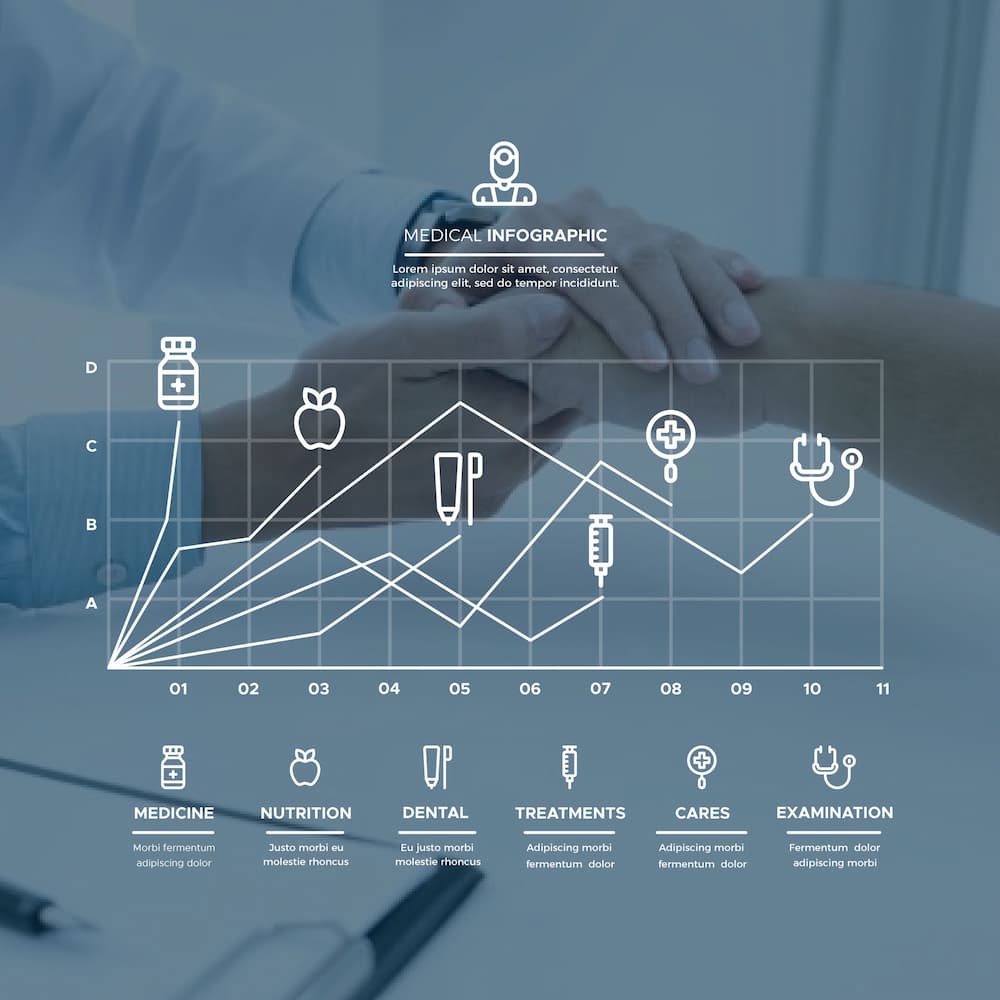Introduction
Today’s healthcare providers face numerous challenges caused by an
increasing patient load, more complex regulatory requirements, and the
decoupling of traditional operational workflows. Progressive strains
on systems and staff are likely to continue as the digital footprint
grows, consuming more resources to create, secure, and aggregate
patient and financial information. Administrative efforts push
clinicians farther from patient care activities and into burdensome
workflow activities that can hinder optimal care delivery.
Conventional custom software addresses these specific problems. Unlike
off-the-shelf software,
custom healthcare software development company
are specifically designed to fit each individual healthcare
organization’s distinctive workflows. Custom software achieves
abstraction by automating workflows, handling legacy data integration,
and maximizing system interoperability to help mitigate many
operational hurdles providers face.
Understanding custom software in healthcare
Custom software in the healthcare domain refers to tailored software
solutions engineered for the unique demands of healthcare
organizations. Unlike generic software – which spans various
industries – custom software is built for the specific workflows,
regulatory demands, and operational challenges encountered by health
providers, such as in electronic health records (EHR) systems, patient
management systems, and disease-specific
healthcare software product development. Custom software functionalities in the healthcare domain are quite
extensive. These applications help improve the efficiency and accuracy
of healthcare delivery and improve the overall quality of their
services.
Differences between off-the-shelf and custom software solutions
Off-the-shelf software solutions are useful. They’re standardized
third-party applications that don’t cost much and are quickly
deployed. They don’t add any value as standalone solutions: they’re
aimed at a general set of business needs, not a specific
organization’s needs, and they, in turn, limit the organization’s
potential. On the other hand, custom software is developed especially
for healthcare providers. It can be integrated with legacy systems and
created around set workflows. Exact compliance is much more efficient
and economical than constructing a solution on top of the
off-the-shelf alternative: creating a home where you already live.
While customization results in higher upfront costs and longer
development times, it often alleviates issues more effectively.
Importance of customization for healthcare providers
Customization is vital to healthcare providers, as the very nature of
healthcare operations dictates extreme specialization across multiple
organizations. A small clinic, a large hospital, or a specialized
practice is almost sure to have its own processes, regulatory
compliance, and patient care procedures. While off-the-shelf products
from vendors could offer generic solutions, they often fail to meet
the specific demands of diverse environments.
custom healthcare software solutions
allows healthcare providers to overcome these barriers by streamlining
workflows and aligning flows with patient care objectives that better
support value-based operations and standards. For areas that require
enhanced safety checks, customized workflow structures cater to
specific needs. When built to ensure compliance with unique regulatory
requirements and system integration, custom software development for
healthcare solutions makes it easier for healthcare providers to
streamline their workflows, enhance data accuracy, and improve patient
care.
Key areas where custom software enhances efficiency
Administrative tasks
-
Streamlining appointment scheduling and patient management -
Customized software can improve appointment scheduling and patient
management processes by providing automated reminders and real-time
appointment availability and creating easy-to-use booking
interfaces. This allows you to reduce no-shows, boost a patient’s
experience, increase management efficiency, and reduce scheduling
conflicts.
-
Automating billing and coding processes - Billing and coding
are a major cause of inefficiency and ticket processing time in
healthcare custom software development. Personalized development of Healthcare applications can reduce
such errors by integrating billing systems and EHRs and automating
the coding. This enables faster claims submission with less chance
of errors that could lead to denied claims or regulatory compliance
problems.
Clinical operations
-
Enhancing Electronic Health Records (EHR) systems - Custom
software can add new functionality to EHR (electronic health
records) systems through specialized data fields, custom reporting,
and improved data integration. This allows physicians to have
detailed and accurate patient information to help care for all their
patients and manage their care efficiently and effectively.
-
Improving diagnostic accuracy and treatment planning -
Advanced
custom healthcare software development services
support diagnostic accuracy and treatment planning. Integrating with
clinical decision-support systems, advanced analytics improve
diagnostic accuracy and treatment planning by providing predictive
analytics, decision-making tools, and patient-specific treatment
guidelines to clinicians. This results in better patient outcomes
and more effective resource use.
Communication and collaboration
-
Facilitating better communication among healthcare teams -
Hospitals, nursing homes, and other places of care are full of human
beings, who are naturally susceptible to misunderstandings and
lapses. Better communication usually leads to better patient
outcomes, so the logical step is to enable that communication –
through secure, integrated messaging and communication systems;
through collaborative platforms that allow care teams to share
information and coordinate activity; and through real-time
data-sharing that provides access to the information that each of
the many teams working with a patient needs when they need it.
-
Integrating patient portals for enhanced patient-provider
interaction
- Custom patient portals with an interactive patient-provider
interface can provide patients with a host of portal functionality,
including scheduling appointments, secure messaging with providers,
access to electronic health records, and patient education and care
resources. Custom portals empower patients and improve patient
satisfaction by giving them greater self-service control over the
healthcare decisions that matter and enabling them to communicate
more easily with their providers.







